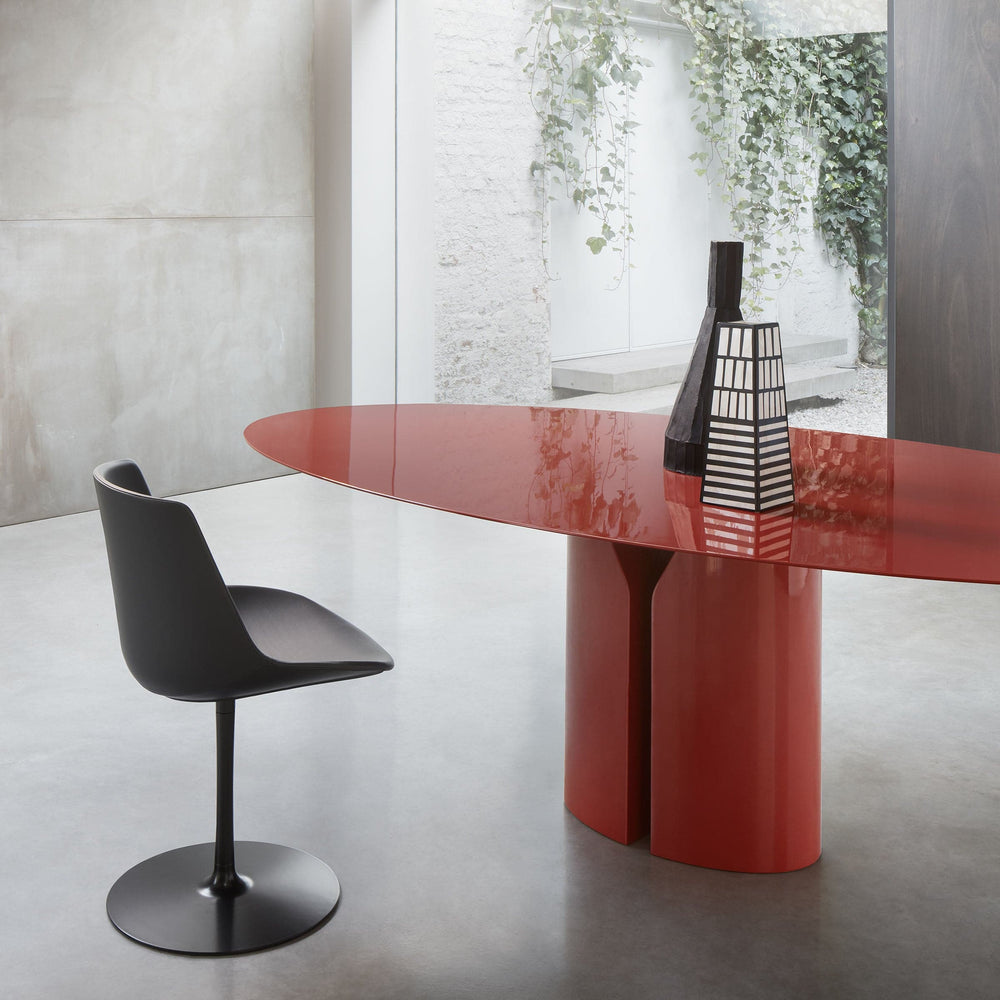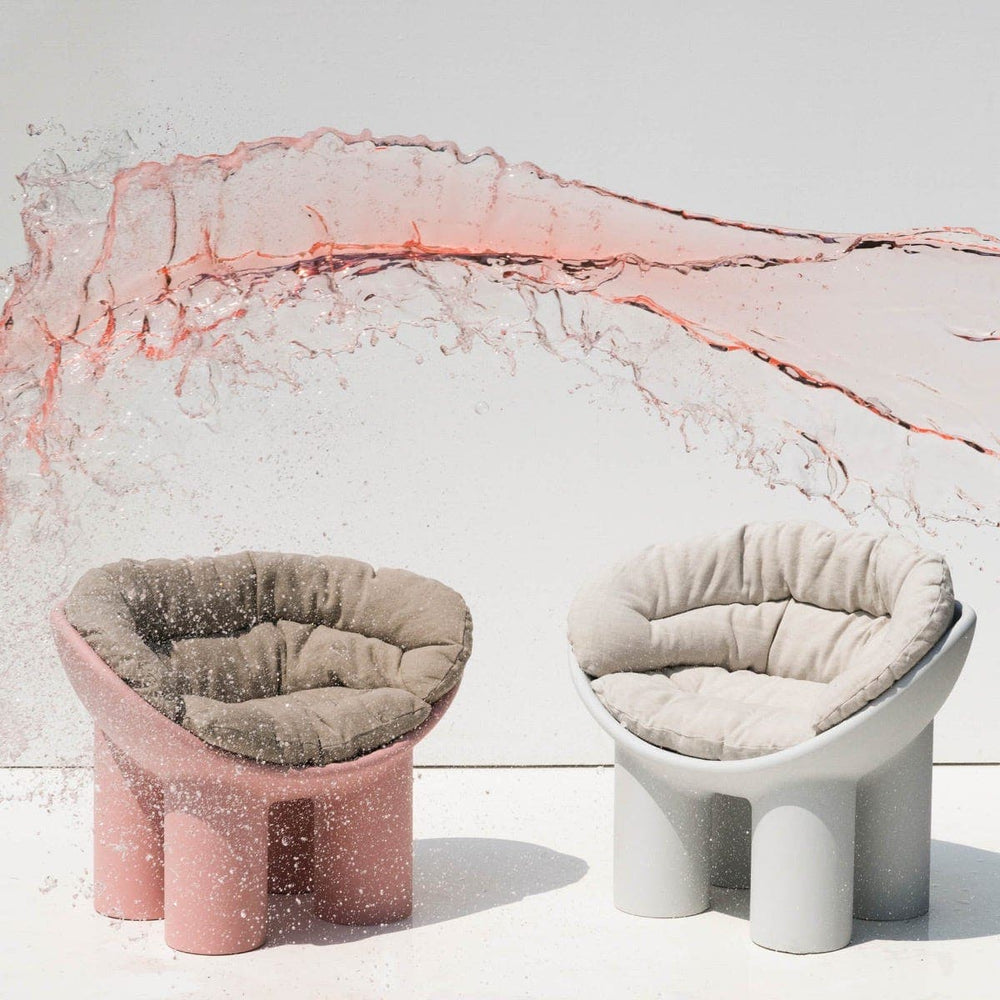DESIGN ITALY EDITORIAL by Ranieri: The gender-fluid trend, smaller borders but growing numbers
Gender-fluid, gender-less, gender-neutral: these are synonyms or at least words with slightly different meanings that describe a phenomenon in the fashion industry that is increasingly growing and consolidating.
The basic idea is simple: to make the differences between men's and women's fashion less and less evident by working both upstream (at the sketch level) and downstream (in the offer of the final product). It's easy to guess the background behind it, namely the years of struggle for the recognition of women's rights and the LGBT community. It is less easy, on the other hand, to gauge in advance the force with which the gender-fluid trend is influencing fashion collections worldwide. Also because the change to the eye cannot go unnoticed, given that the boundaries that are now being explored go well beyond the first experiments of the Eighties, when the mixture took place only for fabrics and without affecting the models as happens today.
At an industry level, there are no official numbers, but an estimate of the growing relevance can be derived from two different areas: from the increasing number of fashion houses that have recently been moving (many starting in 2019) towards the creation of gender-fluid collections, and from the transversality of the offer. The phenomenon, on this front, is interesting and serves as a thermometer of its own success: first and foremost, it was the brands aimed at the highest segment of the public that opened up to the gender-fluid trend. Then - years later - the low-cost players, while now also those brands destined by definition to a medium range of customers are at work. So, in other words, to an increasingly wide audience.
















